
When it comes to treating ADHD, not all medications are alike.

When it comes to treating ADHD, not all medications are alike.

Do you know these 10 signs that may help you differentiate early signs of ADHD from the “typical” behavior of a 3- to 4-year-old?

The Medici effect is upon us in biomedicine, and it’s called convergence science.
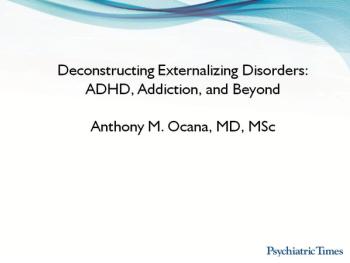
News and research highlights on ADHD, conduct disorder, substance use disorder, and behavioral addictions, including compulsive social networking.

A study has found that induction of slow waves during early non-rapid eye movement sleep may improve executive function in children with ADHD.
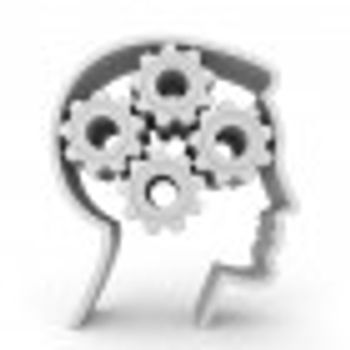
Here: practical tips on how to proceed with the treatment recommendation process with families who prefer therapy alone.

Research suggests predictors of adolescent ADHD and conduct disorder can be identified-and intercepted-in young children.

Researchers have identified a “multiple-deficit” model of the comorbidity between ADHD and dyslexia in which each disorder has multiple predictors-some specific and some shared.

What are the benefits of exploring cultural issues with a young patient and family before proceeding with treatment?

Hypothyroxinemia is not uncommon during pregnancy and may impact neurocognitive outcomes in children-but to what degree?
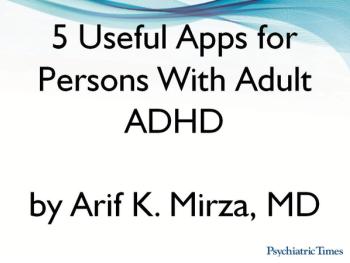
A psychiatrist reviews some digital apps you might suggest as an adjunct to established interventions (eg, medications, therapy) for adult ADHD.

The authors discuss the assessment and treatment of pediatric ADHD within the framework of the cultural psychotherapeutic model.

What impact do atypical antipsychotic agents have on the persistence of stimulant therapy in ADHD? Researchers sought to find the answer in a group of 40,000 children and adolescents.
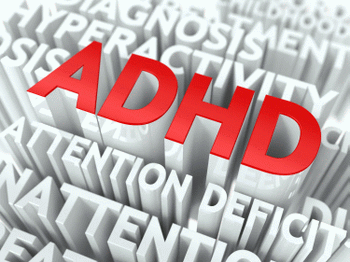
The rate of co-occurrence of ADHD and OCD has been reported to be as high as 60%. A question persists, however, on whether ADHD-OCD comorbidity is a true entity or whether symptoms attributed to one may be facets of a phenotype of the other.

The most common pesticide for residential use and increasingly used in agriculture may be encouraging expression of an ADHD phenotype.
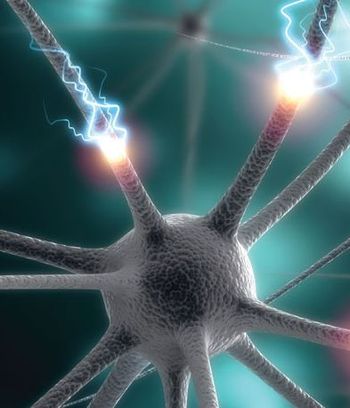
Studies examining the impact of ADHD drugs on dopamine transport have been inconclusive, and preclinical research suggests that emotional factors play a greater role than stimulant therapy in fostering addictive behaviors.

Rates of severe mental illness in children and adolescents have dropped 16% since 1996, according to a new study. The lead author explains possible reasons for this surprising finding and concludes: "We're moving in the right direction!"

New national cohort prospective study finds increased, though rare, cardiovascular risks associated with stimulant use in children and adolescents with ADHD. Is your patient at risk?

What forces influence your decision to treat ADHD? Case vignettes and a back-to-basics approach may bring clarity to the diagnostic and therapeutic clinical processes that surround the decision.
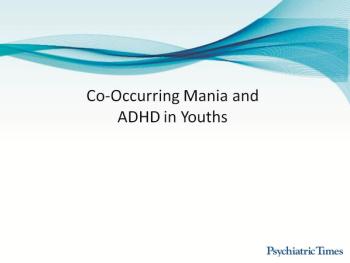
Evidence suggests that co-occurrence with ADHD is a marker of preadolescent-onset mania. This slideshow provides some evidence for you to decide whether this form of very early-onset mania represents a developmental subtype of the disorder.

What factors are involved in parents’ decision to begin medication treatment for a child with ADHD? An overview of studies that provide clinically relevant information related to the course and treatment outcomes of ADHD in children and adolescents.
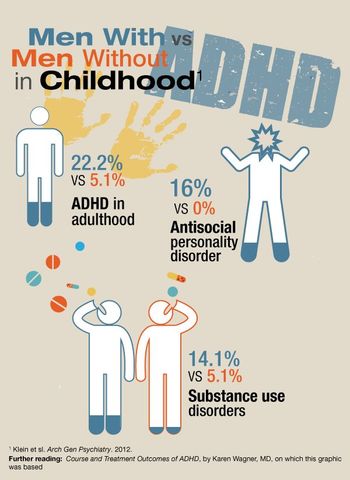
The results of the study featured in this infographic showed that compared with men without childhood ADHD, men with childhood ADHD had higher rates of ongoing issues in adulthood.

The relationship between bipolar disorder and ADHD remains unclear; however, this combined condition may represent an important genetic and clinical subtype with distinct psychopathology, familiality, and treatment response.

ADHD is on the rise according to a new report from the CDC, and most youngsters with the diagnosis are receiving treatment for the disorder. But the report raises a number of clinical implications . . .

This child's behaviors suggested ADHD-combined or primarily hyperactive type and conduct disorder. However, there was a strong history of trauma and affective disturbance. A structured interview format indicated that he formally met criteria for both PTSD and mixed episode. Without this format, features defining these disorders might have been missed and the child treated only for ADHD.